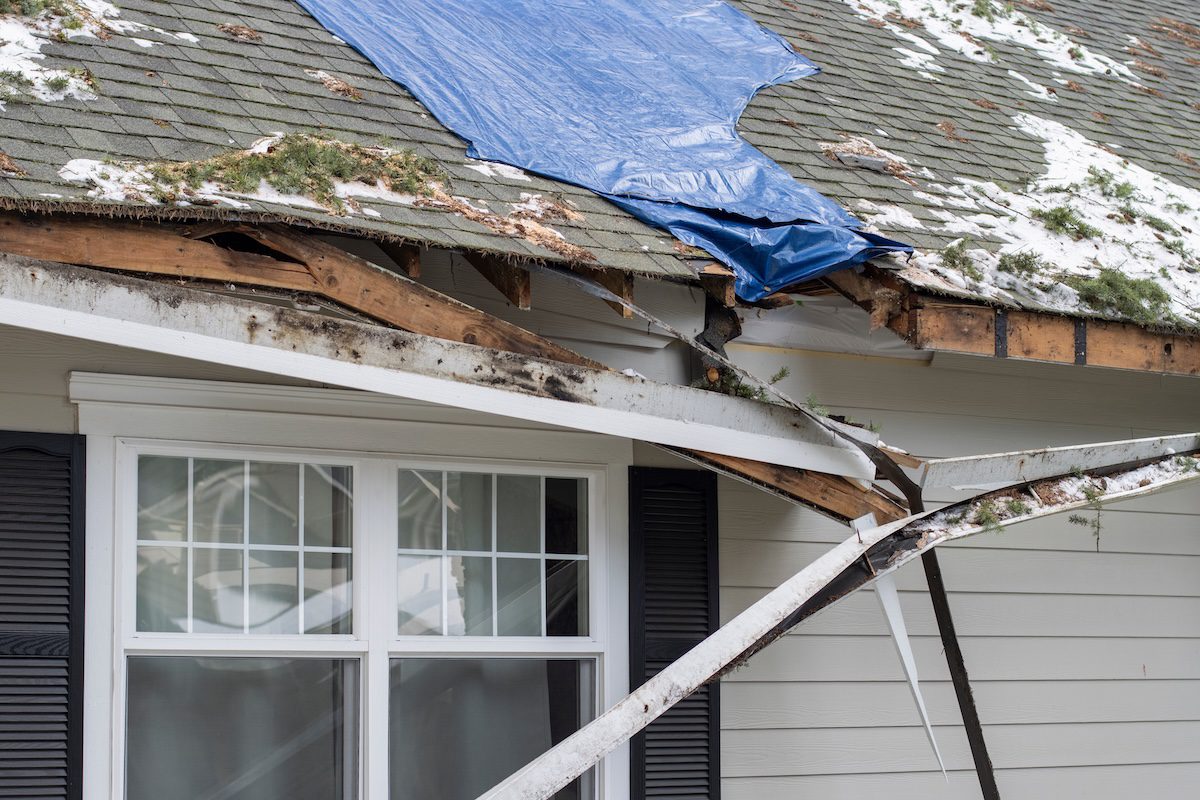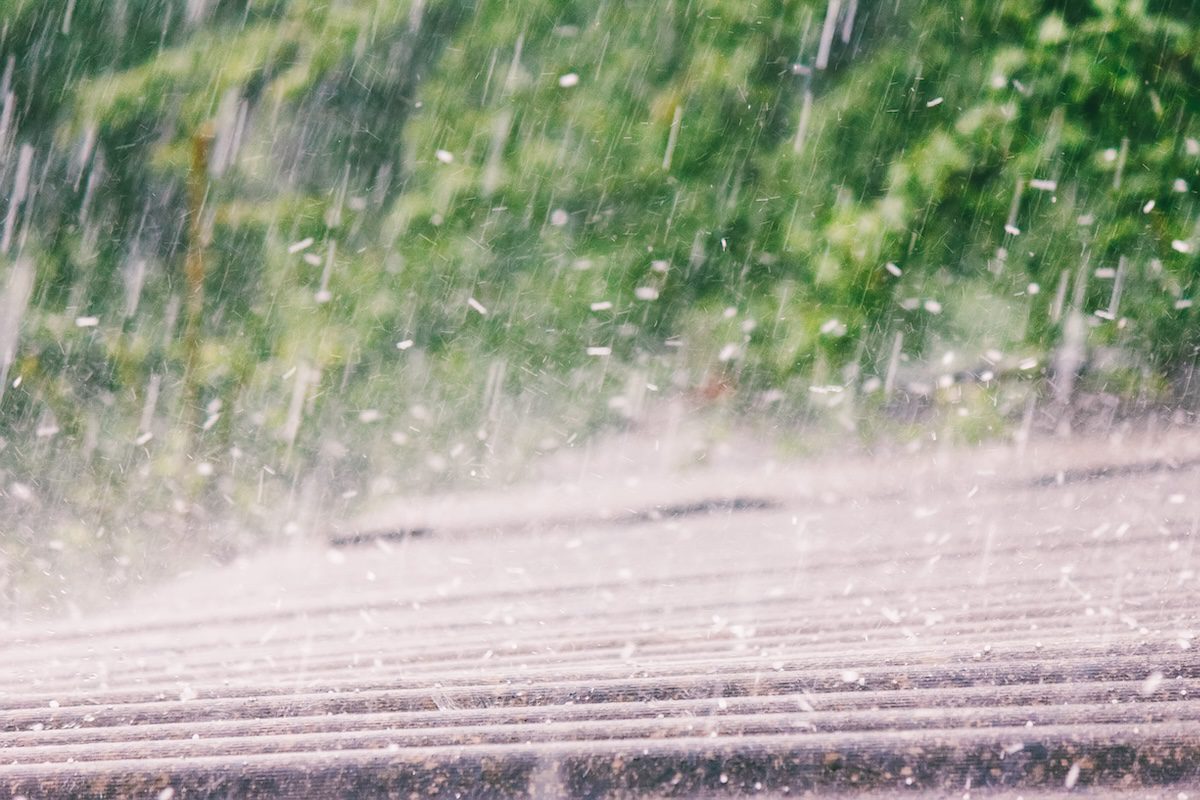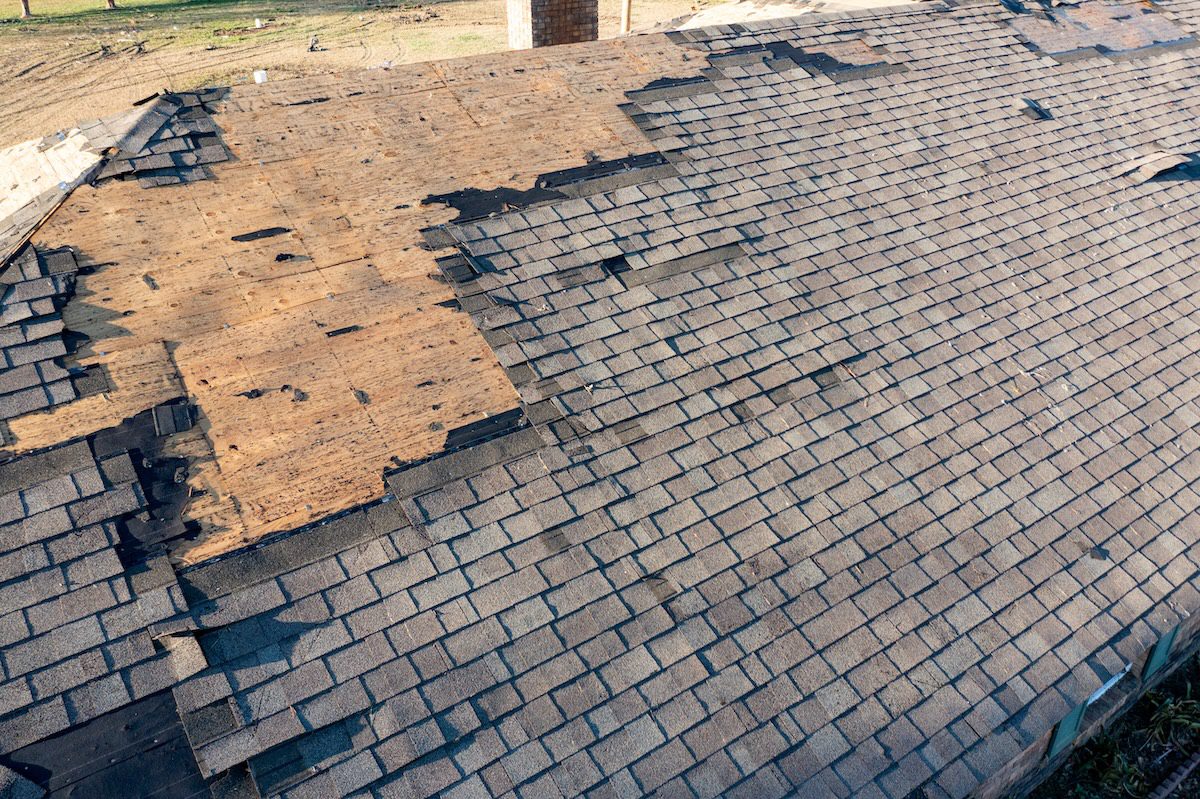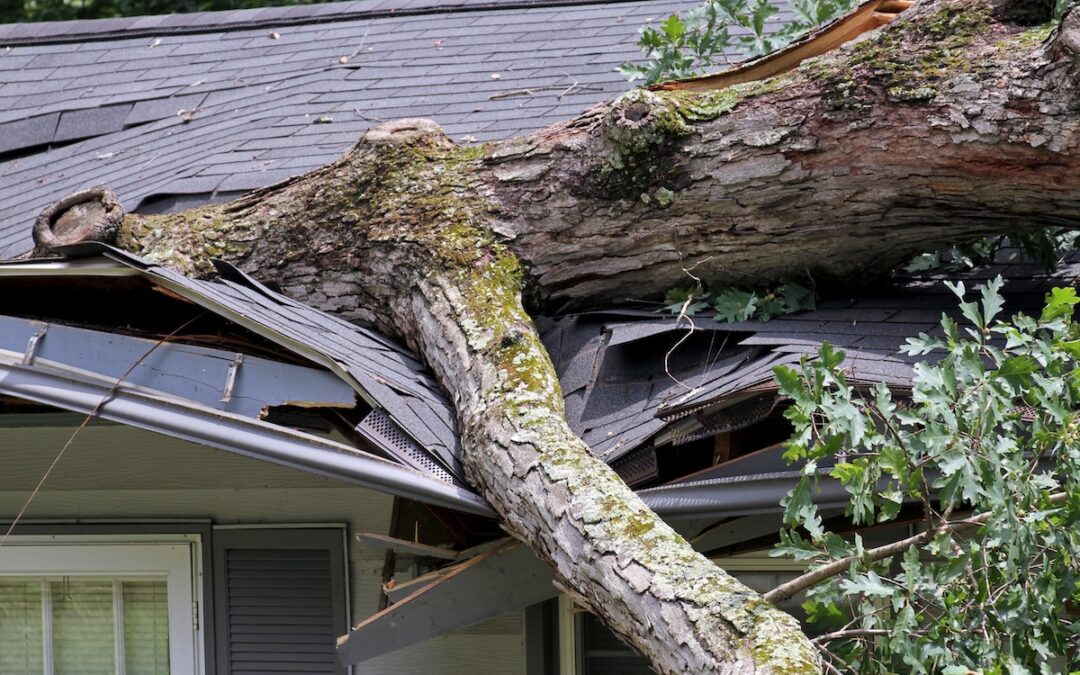When a severe storm or an unexpected accident damages your roof, it can feel overwhelming. Your home is one of your most important assets, and roof damage can expose it to further issues like water leaks, structural damage, and even pest infestations. Acting quickly and decisively is essential to minimize the problem.
This guide will walk you through the key steps of emergency roof repair and help you prioritize what needs to be done. Here’s what we’ll cover in this blog post:
- Assess the damage and prioritize safety first
- Temporary fixes you can do immediately
- What to expect during an emergency roof repair service
🦺 Start with Safety and Assess the Damage

Your first step is to ensure the safety of your family. Severe weather or accidents can cause significant damage to your roof, but your priority should always be the wellbeing of everyone in your home. Move your family members to a safe spot if there’s any risk of debris, leaks, or structural instability. Once you’re certain everyone is safe, you can begin assessing the roof damage—but proceed with caution to avoid any further risks or injuries. If the damage seems extensive or the roof appears unstable, it’s best to leave the inspection to a professional.
How to Safely Inspect Your Roof Emergency:
- Observe the damage from a safe distance. If possible, inspect it from the ground using binoculars.
- Look for visible signs of damage, like missing shingles, holes, or exposed underlayment.
- Check inside your home for water leaks, wet spots on ceilings, or dripping water.
🧰 Temporary Fixes to Prevent Further Damage

Preventing additional damage is critical until professional help arrives. Try these temporary solutions to protect your roof and home.
1. Cover Exposed Areas
When your roof is damaged, the first priority is to prevent further harm to your home. Use a high-quality tarp to cover any holes or damaged sections for emergency repair as soon as possible. Choose a durable, weather-resistant tarp to ensure it can withstand wind, rain, and other elements. Secure the tarp tightly using nails, screws, or heavy-duty tape, and weigh down the edges with bricks or sandbags for added stability. This temporary fix will shield your home from rain, debris, and pests, buying valuable time before permanent repairs can be made and stop roof leaks. Make sure to check the tarp regularly after the emergency roof leak repair, especially after strong winds or storms, to ensure it remains securely in place.
2. Move Valuables
Roof damage often leads to water leaks, which can put your belongings at serious risk. Protect your furniture, electronics, and personal items by moving them out of areas directly beneath the damaged roof. Relocate these items to a dry, safe part of your home to minimize water exposure. For heavier or built-in furniture that can’t be easily moved, consider covering them with plastic sheeting or waterproof covers to reduce the risk of damage. If you have important documents or valuables stored in these areas, move them to waterproof containers until the roof is repaired. Taking these precautions can help you avoid costly replacements and keep your possessions safe.
3. Drain Water Build-Up
Water pooling on your roof can lead to sagging, structural strain, and even collapse if left unaddressed. If you notice water build-up, act quickly but carefully to drain it. Start by using a long-handled tool, such as a broom or mop, to gently push the water toward the edges of the roof. Be extremely cautious to avoid creating further damage to the roofing material. If you need to access the roof directly, always prioritize safety by using a sturdy ladder and wearing non-slip shoes. In some cases, you may need to create a small drainage hole in the roof to release the water buildup, but this should only be done as a last resort and if you are confident in your abilities. Removing the excess water promptly will help prevent additional damage and reduce the risk of structural failure.
4. Seal Leaks
Small cracks and leaks in your roof may seem minor, but they can allow water to seep inside and cause significant damage over time. Applying a temporary waterproof sealant can provide an effective short-term solution. Look for a sealant specifically designed for roofing materials, such as asphalt, metal, or shingles, to ensure a proper bond. Clean the damaged area thoroughly before application, removing any dirt, debris, or loose roofing material. Apply the sealant generously over the crack or leak, extending slightly beyond the damaged area for extra protection. Allow the sealant to dry fully before exposing it to rain. This temporary fix can help minimize water infiltration and buy you time until professional repairs can be made.
5. Use Plywood for Large Openings
For larger holes or sections of your roof that are fully exposed, plywood can serve as a quick and effective barrier. Begin by carefully measuring the size of the opening, then cut a piece of plywood to cover it completely. Use screws or nails to secure the plywood to the roof structure, ensuring it is tightly fastened to withstand wind and weather. For added protection, consider placing a tarp over the plywood to provide an extra layer of waterproofing. This method helps block out rain, debris, and pests from entering your home while preventing further damage. Though temporary, plywood is a reliable option for shielding your home until a professional can assess and repair the roof.
👨🔧 What to Expect from a Professional Repair Service

When you hire a professional for roof repairs, the process typically involves three key steps to ensure your roof is restored effectively and reliably.
Comprehensive Damage Inspection
The first step in any professional roof repair service is a detailed inspection. Experts will carefully examine your roof to assess the extent of the visible damage, such as missing shingles, cracks, or leaks. They’ll also look for hidden issues that might not be apparent at first glance, such as structural weaknesses, water damage, or mold growth. This thorough assessment ensures that all problems, both large and small, are identified and addressed, preventing future complications and costly repairs.
Temporary Stabilization
If your roof damage is severe and poses an immediate threat to your home, professionals will take quick action to stabilize it. Using high-quality, professional-grade materials, they will secure the damaged areas to prevent further harm from weather or debris. This temporary fix ensures the safety of your property and family while reducing the risk of additional damage. Temporary stabilization is a crucial step in protecting your home while preparing for permanent repairs.
Permanent Repairs
Once the damage has been stabilized and inspected, permanent repairs can begin. Experts will use durable, weather-resistant materials and apply their skilled craftsmanship to restore your roof to its original condition. This process could involve replacing shingles, fixing structural issues, sealing leaks, or even reinforcing weak areas to prevent future problems. The goal is to provide a long-lasting solution that not only fixes the damage but also strengthens your roof, giving you peace of mind and reliable protection for years to come.
🛠️ Emergency Roof Repair
When it comes to emergency roof repair, you need a team you can trust to act fast, deliver quality, and prioritize your home’s safety. At Great State Roofing, we pride ourselves on combining years of expertise with a commitment to customer care, ensuring every repair is done right the first time. From quick fixes to full replacements, our 24/7 service is designed to give you peace of mind when you need it most. Don’t leave your home vulnerable—contact Great State Roofing today for reliable, professional roofing solutions you can count on. Call us now or request a free estimate on our website!

